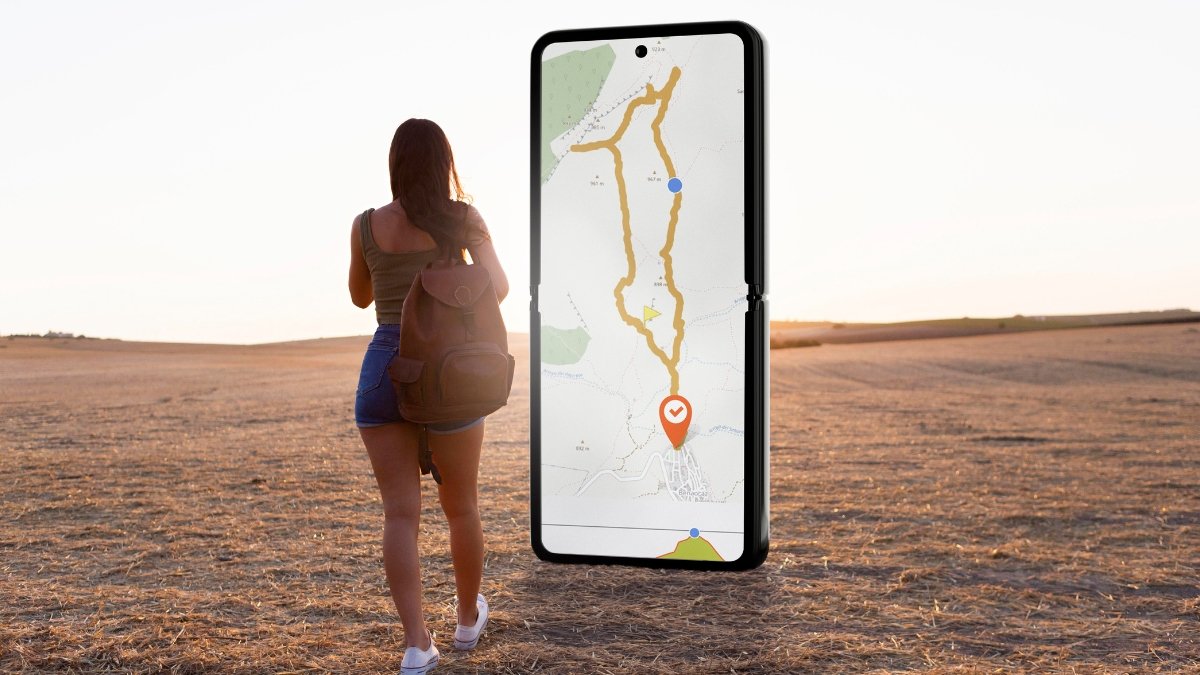While most campers pay $50 or more per night for crowded campgrounds, savvy outdoor enthusiasts use secret apps to discover thousands of free spots with better views. Campground fees keep climbing to $100+ per night.
Popular spots book months ahead. When you do find availability, you’re packed next to RVs running generators all night. You know free camping exists, but finding legal spots feels impossible. You’ve probably driven forest roads for hours, hoping to stumble onto something.
Experienced boondockers don’t get lucky; they use specific free camping apps that reveal thousands of dispersed camping locations.
How to Find Free Camping Spots Using These Secret Apps

Why These Free Camping Apps Work Better Than Google

Google searches for “free camping” give you the same frustrating results. Old blog posts. Vague directions to “somewhere near the forest.” Nothing you can use tonight. Free camping apps fix this problem completely.
Real-time reviews from actual campers
They tell you what to expect. Google can’t warn you that your “perfect” spot got closed for fire restrictions last month. But camping apps show reviews from people who were there this week. “Road is rough but doable,” or “amazing sunset views, bring water” – the details that matter.
GPS coordinates drop you at the exact spot
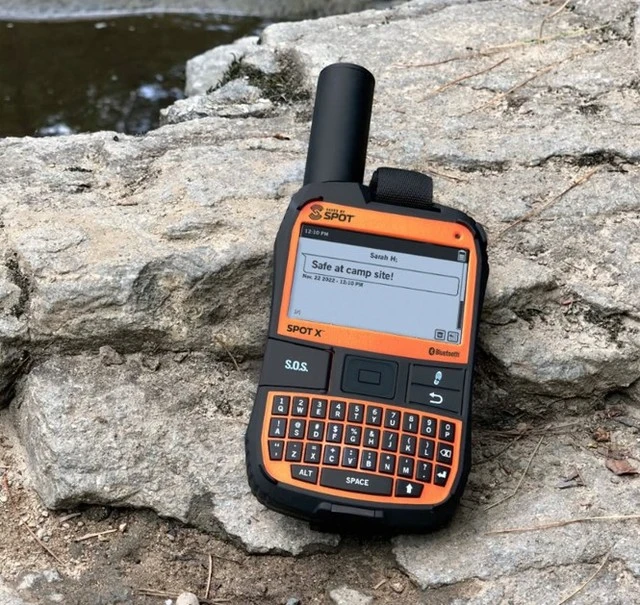
No more wandering forest roads, hoping you’re close. These boondocking apps put a pin right where other RVers parked successfully. Many include step-by-step directions from the nearest highway.
Smart filters save hours of searching
Need space for a 32-foot motorhome? Want cell service for work? The apps let you filter through 245 million acres of available BLM land by what you need. RV length, elevation, amenities – all searchable.
Legal boundaries keep you out of trouble

The apps show exactly where public land ends and private property starts. This prevents expensive mistakes like camping on someone’s ranch and getting fined $500+.
Live updates on road conditions
These come from campers who just drove there. “Snow above 8,000 feet” or “bridge washed out, take Forest Road 42 instead”; information that saves your trip.
This matters more now than ever. With 81.1 million Americans camping in 2024 and 5.8 million first-timers joining them, good spots fill up fast. While most people pay $50-150 per night for crowded campgrounds, smart campers use these apps to find free camping spots with better views and zero neighbors.
The difference is that regular campers search Google and hope for luck. Experienced boondockers use specialized camping apps and know exactly where they’re going before they leave home.
Skip the guesswork. Use apps designed for free camping, and you’ll never waste another weekend driving around lost.
The 7 Best Apps to Find Free Camping Spots Right Now
Here are the apps that will change how you camp. Each one solves different problems, so most experienced boondockers use 2-3 together.
i. Campendium ($15.99/year)
This is the gold standard for free camping apps. Campendium has over 170,000 camping locations with detailed reviews from real users. The cell service maps show you exactly where you’ll have signal – crucial for remote work or emergencies.
What makes it special? Road condition updates from people who just drove there. “High clearance needed after mile 3” or “muddy when wet” – details that save your undercarriage. User photos show what your campsite looks like, not some marketing shot.
Users rate it 4.7 stars for good reason. The database includes everything from Walmart parking lots to hidden forest gems.
ii. iOverlander (Free)
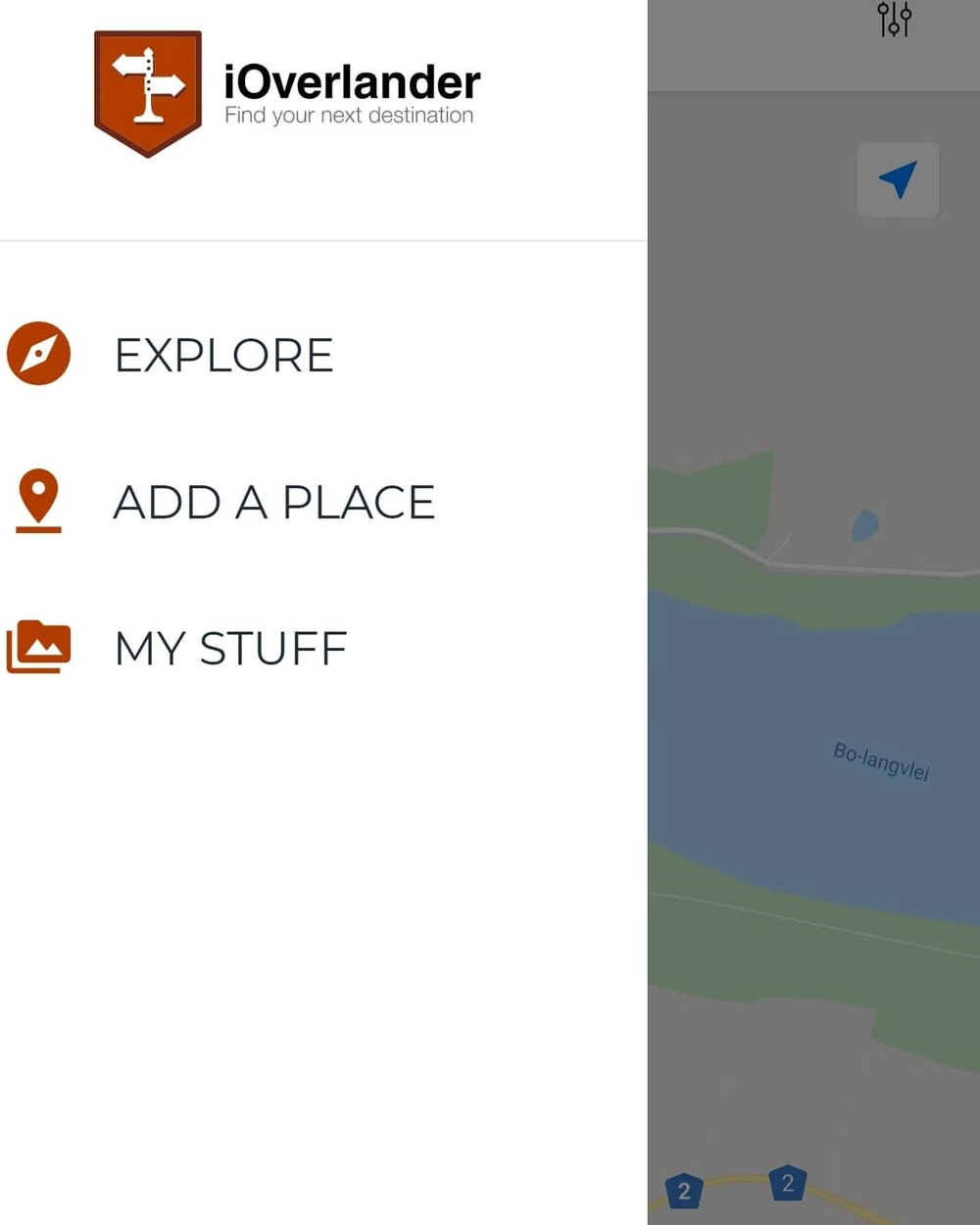
The best free option, period. This crowd-sourced database covers 96 countries, making it perfect for international travelers or border adventures. The offline feature downloads everything to your phone, so you’re never stuck without access.
Reviews include photos and GPS coordinates submitted by fellow campers. You’ll see exactly where to turn off the highway and what the site looks like. The community updates road closures and seasonal restrictions faster than official sources.
At 4.6 stars with zero cost, it’s a must-have backup even if you use paid apps.
iii. The Dyrt PRO ($35.99/year)
The Dyrt started as a Yelp for campgrounds, but their PRO version includes 16,000+ free dispersed camping locations. The sold-out campground alerts are genius – get notified when someone cancels that impossible-to-book site.
Their route planning tools help you find free camping along your travel path. Perfect for cross-country trips where you need to stop every 200-300 miles. The app integrates with your calendar and suggests stops based on driving time.
Users rate it 4.8 stars. The premium price pays for itself if you avoid just one $50 campground fee.
iv. OnX Offroad ($34.99/year)
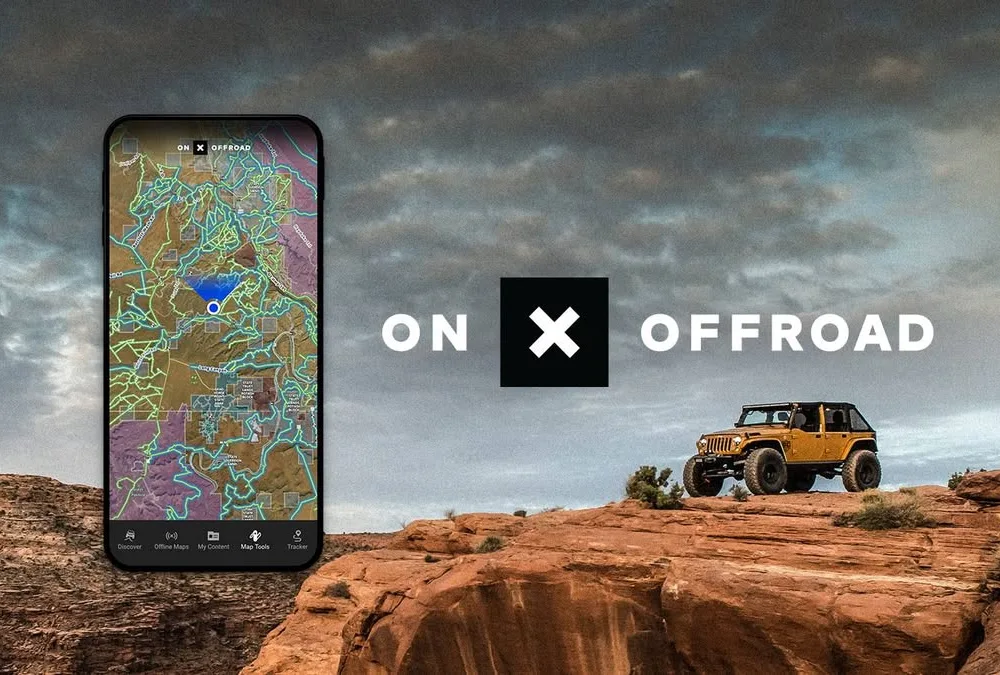
This prevents the biggest mistake new boondockers make – camping where you’re not supposed to. OnX shows exact public land boundaries with military precision. The different colors show BLM land, National Forest, state land, and private property.
Works completely offline once downloaded. Essential for areas with zero cell service. The hunting and fishing overlays help you find the most remote spots where other campers rarely go.
At 4.6 stars, it’s expensive but worth every penny to avoid $500+ trespassing fines.
v. Gaia GPS (Free with premium options)
The best topographical mapping for serious boondockers. The free version includes basic camping layers. Premium adds offline downloads and detailed terrain maps that show elevation, water sources, and access roads.
Perfect for finding that secret spot tucked into mountain valleys. The elevation profiles help you avoid getting stuck in snow or mud. Terrain details show whether your RV can make it to that amazing viewpoint.
vi. US Public Lands App ($3.99 one-time)
The budget option that still delivers. A one-time payment gives you BLM, National Forest, and state land boundaries. No fancy features, but it answers the basic question: “Can I legally camp here?”
Great for beginners who want to try boondocking without monthly fees.
vii. FreeRoam (Various pricing)
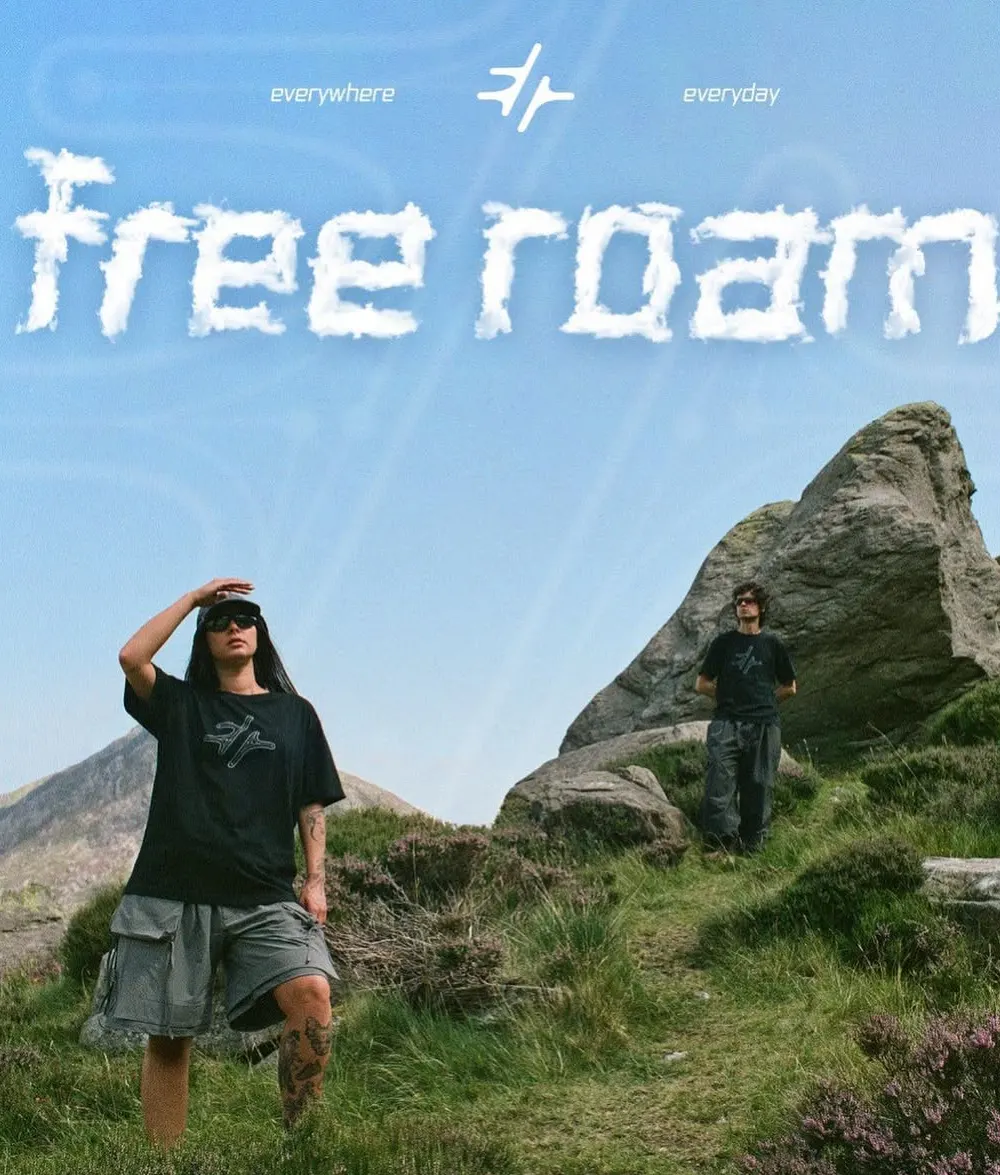
Built specifically for RVers. Filters by RV length, weight limits, and turning radius. Shows low bridges, weight restrictions, and propane-restricted tunnels on your route.
The elevation warnings help you avoid getting snowed in or overheating your engine on mountain passes.
Most successful free campers use 3-4 of these boondocking apps together. Start with iOverlander (free) and Campendium ($15.99) for the best combination of cost and features.
How to Check if a Spot is Legal Before You Camp
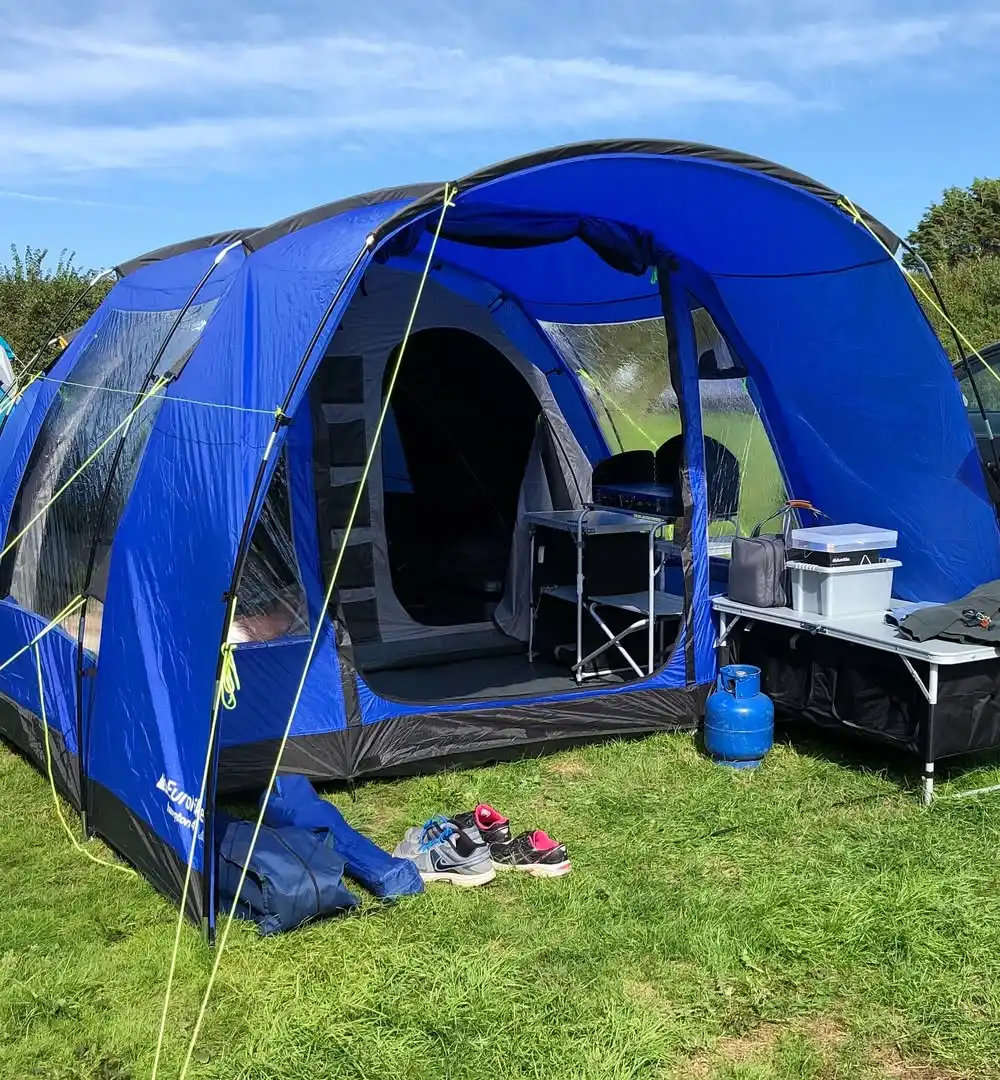
Getting this wrong costs you big. Fines for illegal camping can reach $500+, and you might get towed. Here’s how to verify any spot before you set up camp.
Start with land ownership verification
Open OnX Offroad or the US Public Lands App before you even leave home. These apps show exact boundaries between public and private land using different colors. Green usually means BLM land, brown shows National Forest, and white indicates private property.
Never trust apps like Google Maps for land ownership. They’re wrong too often.
Look for posted signs when you arrive
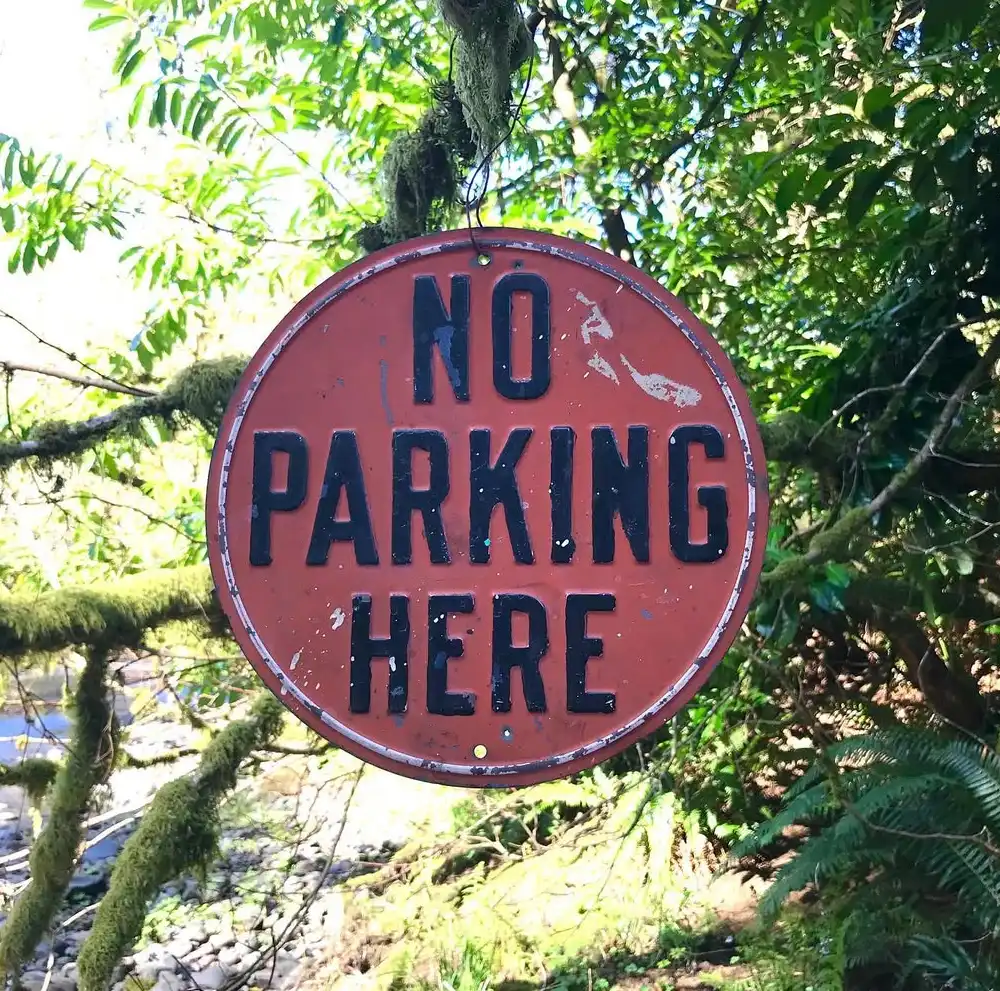
Even on public land, specific areas might be closed. Signs say things like “No Camping,” “Day Use Only,” or “Closed for Wildlife Protection.” Some spots close seasonally for elk calving or fire restrictions. Always read the signs, even if your app says camping is allowed.
Understand the 14-day rule
Most public land camping follows this pattern: The BLM allows 14 days, after which you must move at least 25 miles away. National Forest rules vary by location; some allow 14 days, others limit you to 5-7 days in popular areas. The clock resets when you move far enough.
Know the land types and their rules
BLM land is usually the most flexible for dispersed camping. National Forests have more restrictions but often better scenery. State land rules vary significantly from state to state. Wilderness areas typically ban RVs completely.
Some areas require permits even for free camping. Popular spots near national parks often switched to permit systems because of overcrowding.
Call the local ranger station for current conditions
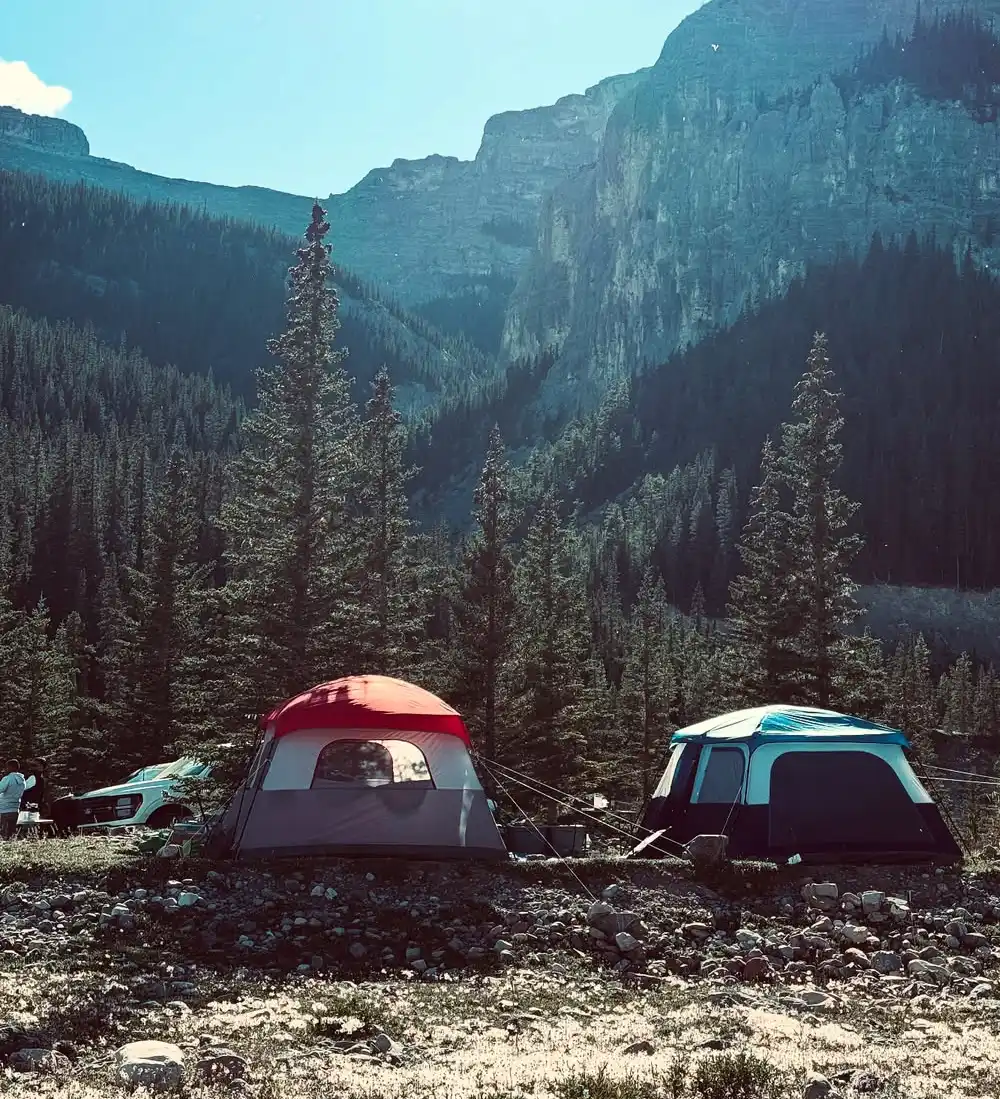
Apps can’t tell you about last week’s road washout or new fire restrictions. Rangers know which roads are passable and which areas have just been closed. This 5-minute call prevents wasted trips.
Here’s what legal camping violations cost:
- Camping on private land: $200-500+ fine plus potential towing
- Overstaying 14-day limits: $150-300 fine
- Camping in closed areas: $100-400 fine
- Blocking roads or trails: $75-200 fine
The rangers aren’t trying to ruin your trip. They’re protecting the land so future campers can enjoy it too. Follow dispersed camping rules, and you’ll never have problems.
Public land camping stays free when everyone follows the rules. Verify before you camp, and you’ll avoid expensive mistakes that other campers make.
5 Pro Tips That Make Free Camping Apps Actually Work
Apps fail when you need them most, usually when you’re lost with no cell service. These camping tips prevent that nightmare.
Download offline maps before you lose signal
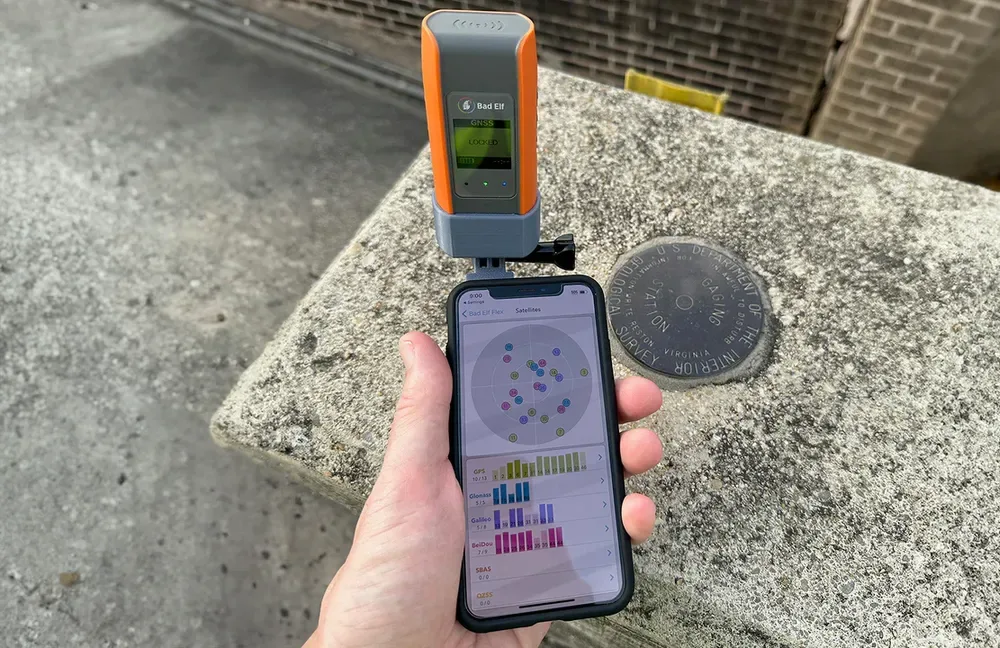
Nothing’s worse than finding the perfect spot on an app, then losing service before you can navigate there. Download your target area while you still have bars. Gaia GPS lets you download entire regions. For forest service roads, use Avenza Maps to get official USFS maps that work offline.
Pro move: Download maps for a 50-mile radius around your destination. Roads don’t always go where apps think they do.
Cross-check at least two apps for accuracy
Apps get things wrong. One might show a road that’s been closed for years. Another might miss new restrictions. Check the same spot on Campendium and iOverlander. If details don’t match, dig deeper or choose a different location.
Real example: An app showed great camping near Sedona. Users drove 3 hours to find the road gated and posted “No Entry” for erosion control.
Only trust recent reviews; within 6 months max
Old reviews are dangerous. That “easy access” road might have washed out last spring. The “no restrictions” area might now require permits. Recent reviews catch these changes before you waste a trip.
Look for reviews that mention current weather, road conditions, or new signs. Skip anything older than camping season.
Plan 2-3 backup spots within 30 minutes of each other
Your first choice might be full, closed, or impossible to reach. Having alternatives prevents scrambling at sunset. Use the same apps to scout nearby options before you leave home.
Check road conditions and RV clearances religiously
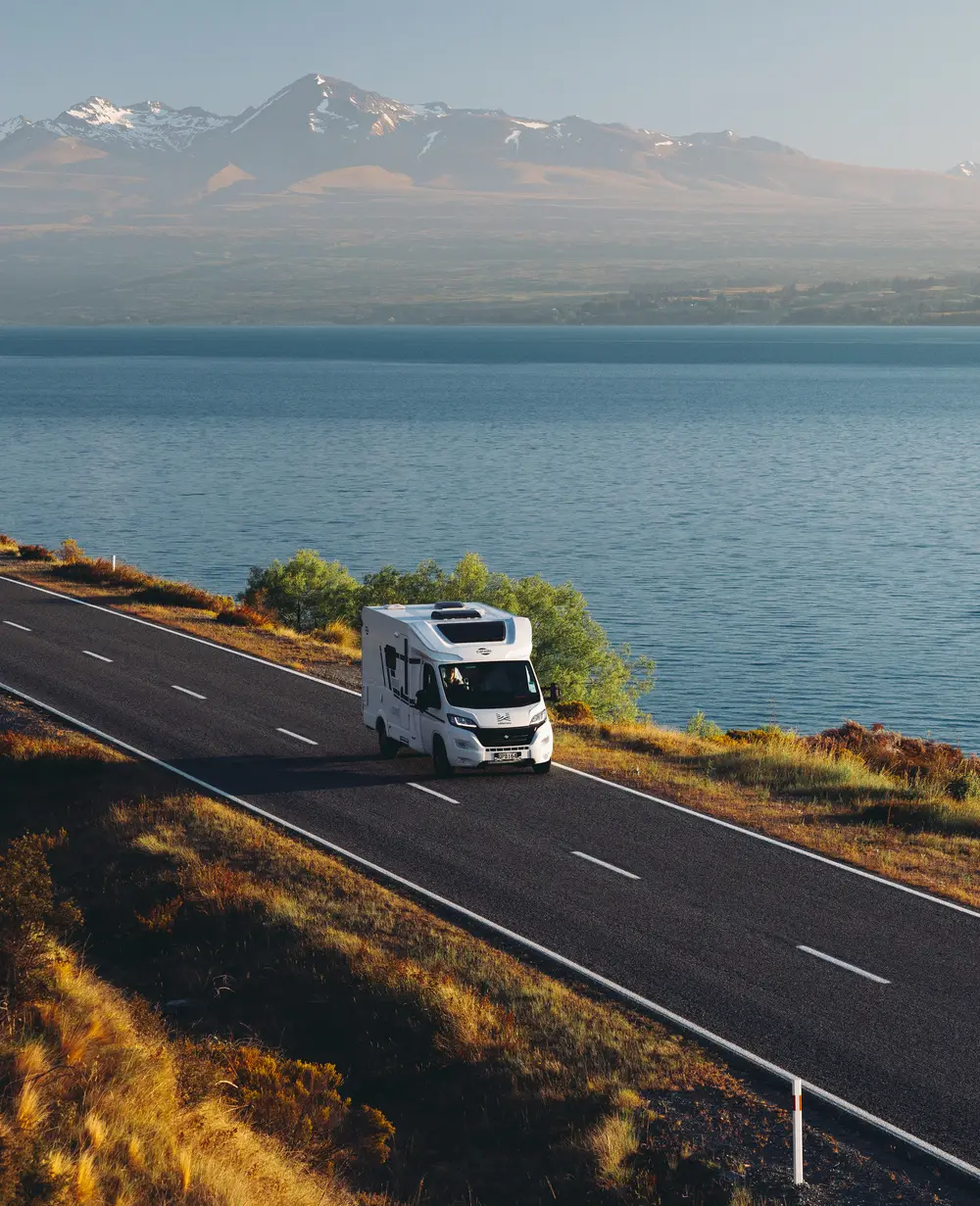
Apps often miss low branches, narrow bridges, or steep grades that’ll destroy your rig. Look for reviews mentioning “high clearance needed” or “tight turns.” When in doubt, scout on foot first.
These boondocking safety tips come from people who learned the hard way. Follow them, and your free camping apps will get you to great spots instead of leaving you stranded.
The difference between successful and frustrated campers? The successful ones verify everything twice.
Best Free Camping Areas These Apps Will Show You
These apps reveal thousands of free camping spots, but some areas consistently deliver the best experiences. Here’s where to start your search.
Southwest BLM Land – The Free Camping Goldmine
Arizona, Nevada, and California offer the most reliable BLM camping in America. Quartzsite, Arizona, hosts over 1 million winter visitors who camp for free on surrounding desert land. Apps like Campendium show dozens of spots within 10 miles of town, complete with GPS coordinates and user photos.
The Long Term Visitor Areas in California and Arizona let you stay up to 7 months for around $180 total. Popular LTVAs include Yuma, Lake Havasu, and Imperial Dam. Apps show exactly where the boundaries are and which areas have the best cell service.
Nevada’s BLM land near Las Vegas provides free camping with million-dollar views. Apps reveal hidden spots in the Red Rock Canyon area and the Lake Mead region that most tourists never find.
National Forest Dispersed Areas – Mountain Paradise
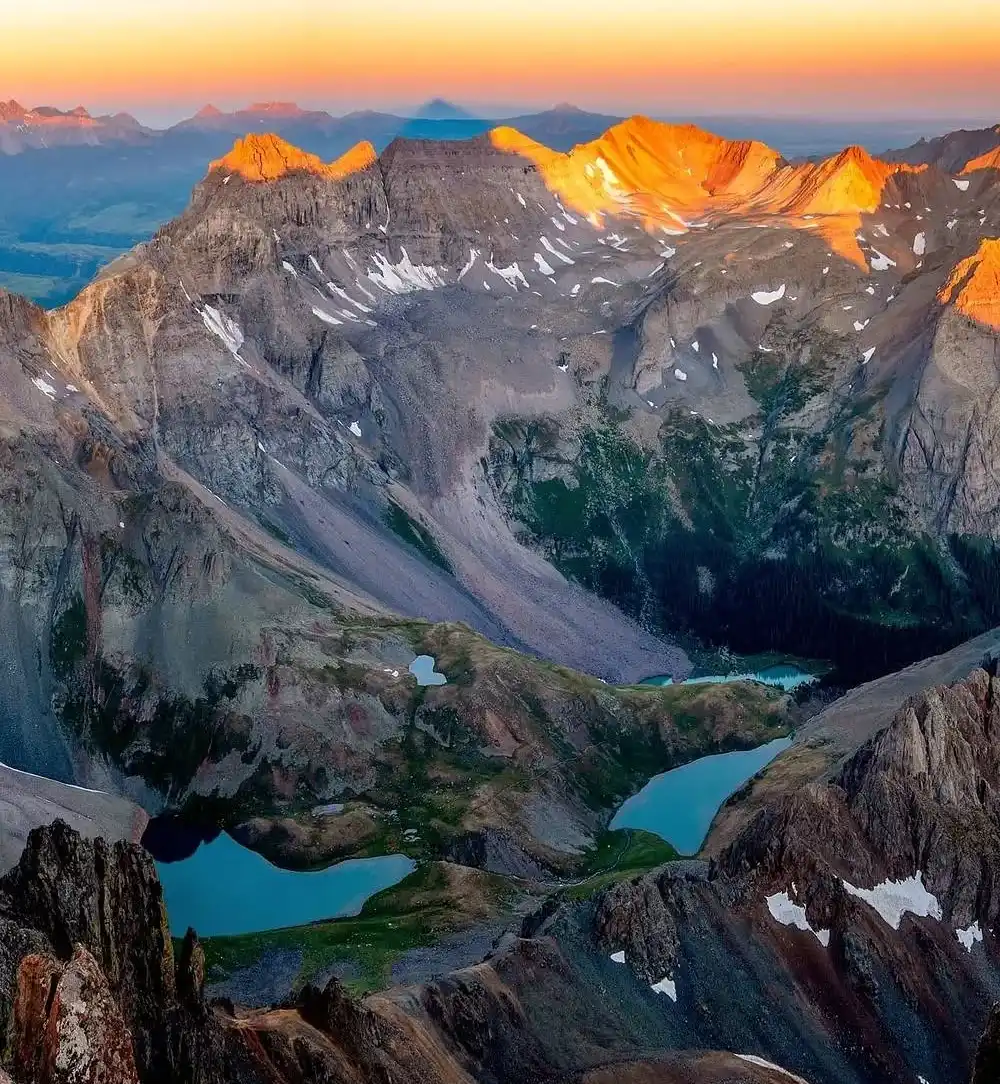
Colorado’s Roosevelt National Forest offers incredible free camping near Denver and Boulder. Apps show dispersed camping areas along forest roads 102, 107, and 111 with stunning mountain views. Many spots handle big RVs, despite being free.
Montana and Idaho forest service camping puts you in the heart of the wilderness. Apps reveal spots along the Beartooth Highway and near Glacier National Park that rival expensive resorts. The key is checking apps for seasonal road closures – many high-elevation spots close from October through May.
State Forest Options – Hidden Gems in the East
Pennsylvania’s Sproul State Forest offers 17 designated sites along the Clarion River, plus dozens of unofficial dispersed camping areas. Apps show which sites can handle RVs up to 31 feet and which have the best fishing access.
Michigan’s state forests provide free camping throughout the Upper Peninsula. Apps reveal spots near waterfalls and Lake Superior beaches that you’d never find otherwise.
Unique Alternatives to Traditional Camping
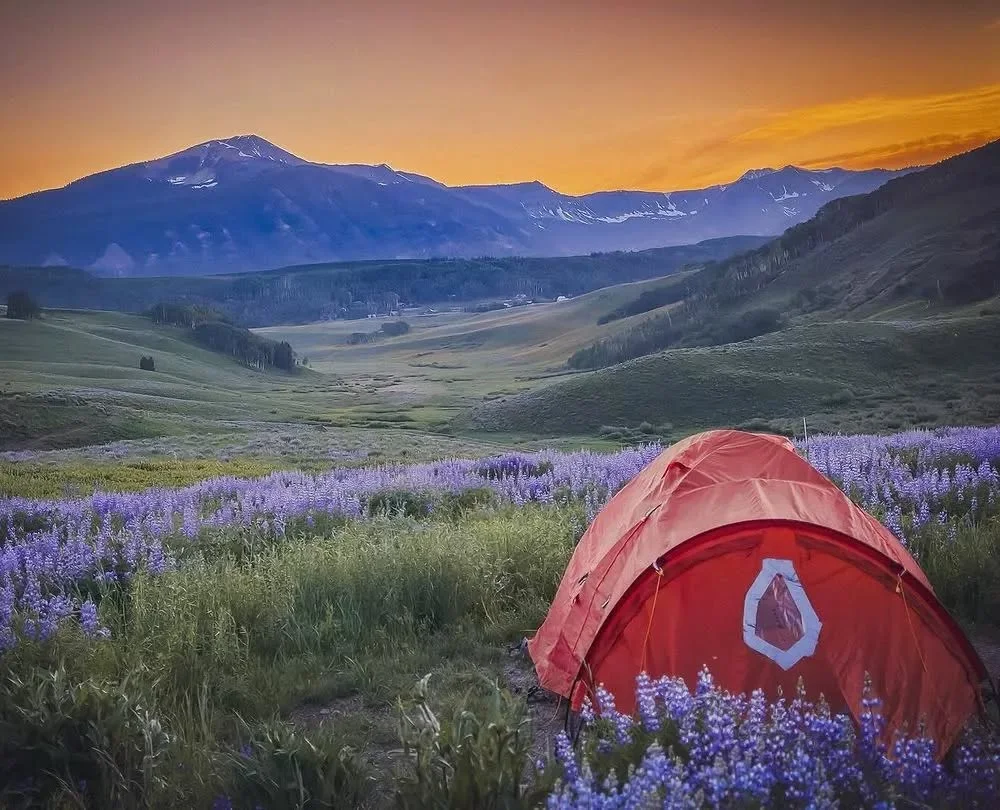
Harvest Hosts isn’t free, but the $79 annual membership gets you overnight stays at wineries, farms, and breweries across America. Apps show 4,000+ locations where you can park for free in exchange for supporting small businesses.
Boondockers Welcome connects RVers with private property owners who offer free camping. The app shows 3,600+ hosts nationwide, many offering hookups and local insider knowledge.
These dispersed camping areas appear in every major camping app because they consistently deliver great experiences. Start with these proven free camping spots, then branch out as you gain confidence.
The apps make finding these areas easy. Getting there safely requires the verification tips we covered earlier.
What to Expect at Free Camping Spots (The Reality Check)
Free camping isn’t luxury camping. Here’s what you’re signing up for.
Zero hookups means you’re on your own
No water, electric, or sewer connections. This is pure boondocking; you bring everything you need and take everything with you when you leave. Your RV’s fresh water tank and battery system become your lifeline.
For extended stays, you’ll need solar panels and extra batteries. Most RVers can stretch 40 gallons of water for 4+ days with careful use. That means quick showers, minimal dishwashing, and drinking bottled water for cooking.
Bathroom facilities range from basic to nonexistent
Some spots have vault toilets (fancy outhouses). Most have nothing. You’ll use your RV’s bathroom exclusively, which means managing your black tank carefully since there’s nowhere to dump.
Pack out all trash, period
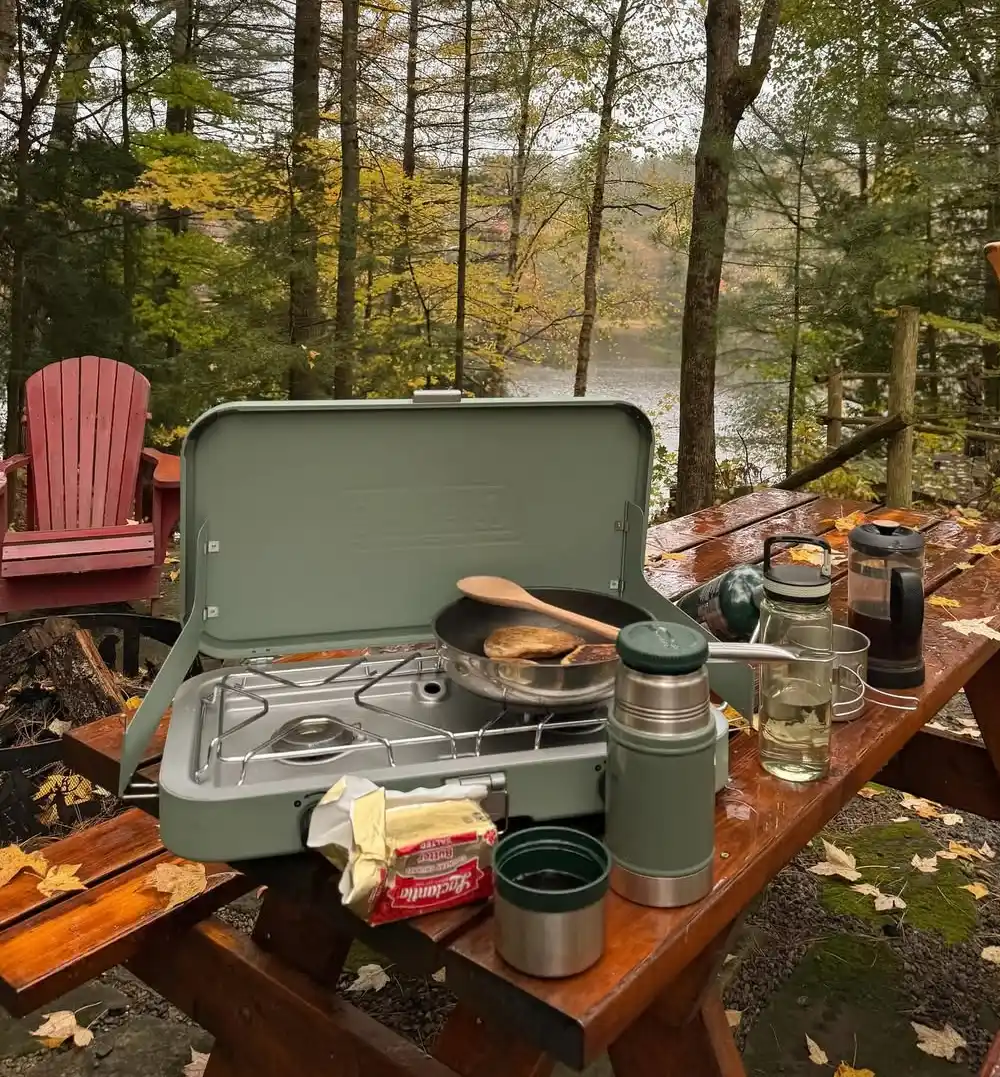
No dumpsters, no garbage pickup. Whatever you bring in, you take out. This includes cigarette butts, food scraps, and that paper towel that blew away. Rangers fine people for leaving trash, and other campers will shame you online.
First-come, first-served rules everything
You can’t reserve free spots. Show up and hope there’s space. Popular areas fill up by noon on weekends. Have backup plans ready.
Generator quiet hours are strictly enforced

Usually 8 AM to 6 PM only, sometimes shorter. Some areas ban generators completely. Dry camping means learning to live quietly and efficiently.
The 14-day limit is real
Overstaying and risking fines, plus getting banned from that area. Rangers check regularly in popular spots.
Leave No Trace isn’t optional
Your campfire ring, leveling blocks, and gray water all impact the environment. Camp on already-disturbed ground, pack out everything, and leave the spot better than you found it.
Off-grid camping takes adjustment, but the payoff is huge. Incredible views, total silence, and saving $50+ per night make the inconveniences worth it.
Common Mistakes That Get Free Campers in Trouble
Even experienced outdoor enthusiasts can fall victim to costly camping mistakes that result in hefty fines and legal issues. Understanding these common pitfalls is essential for responsible camping and avoiding unnecessary confrontations with law enforcement.
Land Ownership Confusion
One of the most expensive camping mistakes involves setting up camp on private property without permission. Many campers assume remote areas are public land, only to face trespassing charges and fines exceeding $500. Always verify land ownership through official maps and apps before establishing your campsite.
Ignoring Posted Restrictions
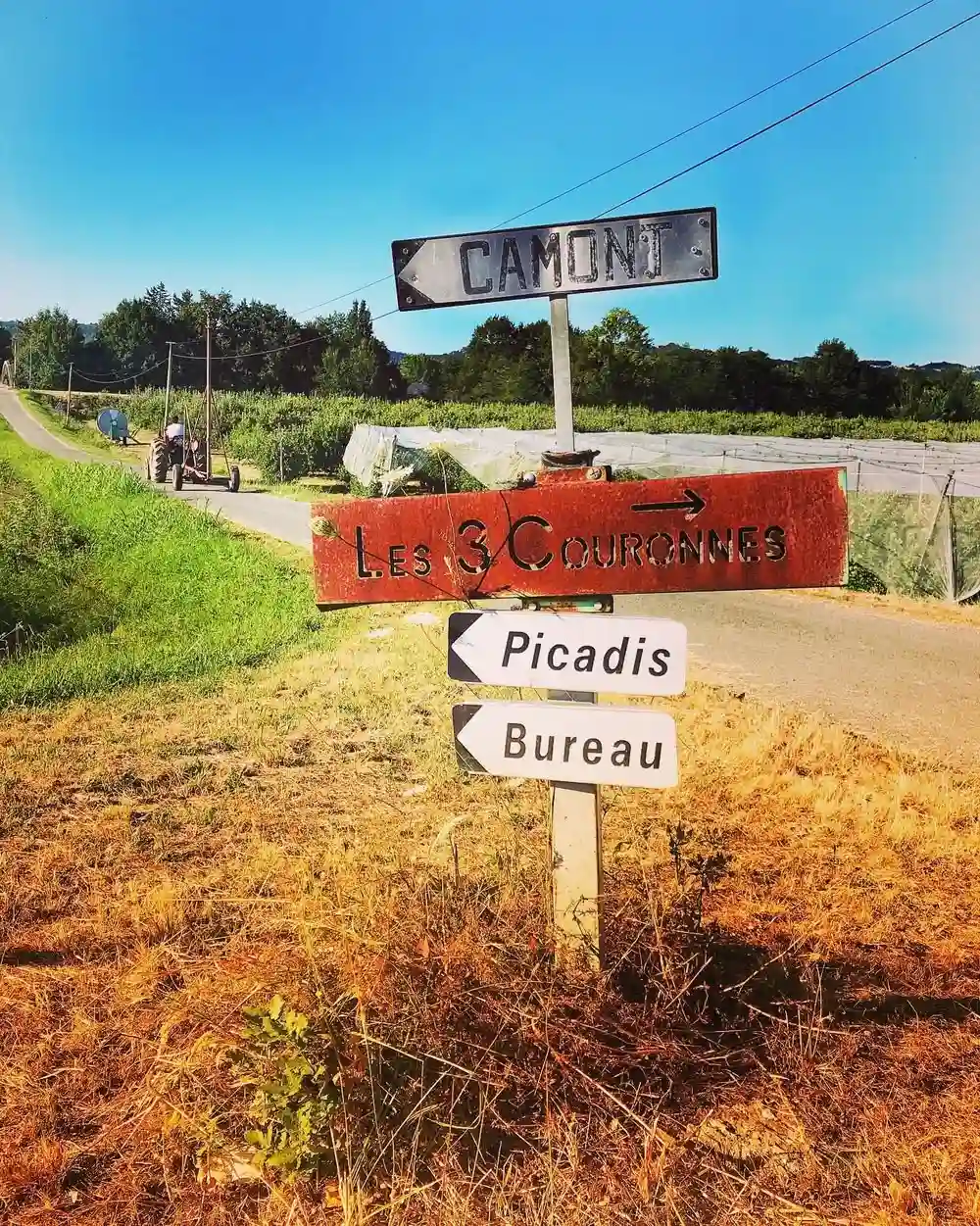
Fire restrictions during the summer months are strictly enforced, with violations resulting in substantial penalties and potential liability for wildfire damages. Similarly, winter road closures in mountain areas exist for safety reasons; accessing these zones can lead to expensive rescue operations and citations.
Overstaying Welcome Periods
The standard 14-day limit on most public lands isn’t a suggestion. Overstaying can result in immediate eviction and fines, plus potential bans from future camping in the area.
Relying on Outdated Information
Popular camping apps sometimes contain outdated information about closures or restrictions. What was accessible last season might now be off-limits due to environmental concerns or infrastructure issues.
Contributing to Area Closures
Irresponsible behavior like leaving trash, damaging vegetation, or creating unauthorized fire rings has led to permanent closures of once-popular free camping spots. These legal issues affect the entire camping community and reduce available options for everyone.
Always research current regulations, respect posted signs, and practice responsible camping to avoid these costly mistakes that can ruin your outdoor adventures.
Conclusion
The seven essential apps we’ve covered provide everything you need to find safe, legal, free camping spots across the country. Each serves a unique purpose: some excel at user reviews and photos, others specialize in real-time availability or specific land types.
Remember, the verification process is crucial. Always cross-reference multiple apps, check current regulations, and confirm land ownership before setting up camp. This small investment of time can save you from costly fines and ensure you’re camping responsibly.
The financial benefits are substantial; avoiding $30-50 nightly campground fees can save you $500-1000+ per month of extended travel. Start your free camping journey by downloading 2-3 apps that match your travel style, begin with well-reviewed popular areas, and plan your first adventure.
These free camping apps open up a world of adventure while saving serious money.
